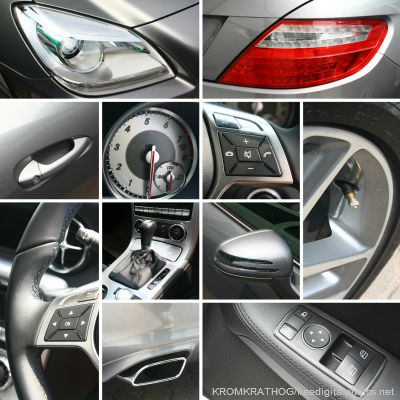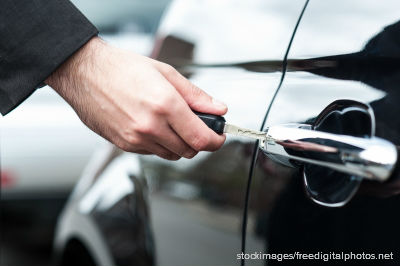Developing techno

logy and higher standards have made driving your car increasingly safer - even if a crash occurs. When purchasing a new vehicle, you will be offered a multitude of available safety features to consider. When trying to determine which are the most necessary for your optimal safety, the following features should top your list.
Airbags
Airbags are arguably the most essential safety feature to have in your vehicle - they can save, and have saved many lives in countless car crashes.
- Advanced frontal airbags - Unlike standard front airbags, advanced front airbag systems have sensors which that evaluate the passenger’s position, size, and collision severity. This determines how the airbags (for both the driver and the front passenger) will inflate upon impact. This new technology also reduces risk of injury from air bags, particularly in children.
- Side airbags - There are two types of side airbags:
- Side impact airbags are located in either the vehicle’s side doors or inside the seat and protect your torso from serious injury in case of an impact. While you can opt for side airbags in the rear seat (they are typically only offered for the front), they can be dangerous to small children sitting in the back of the vehicle.
- Side curtain airbags span the length of the interior cabin to supply head protection for all passengers in case of a side impact crash or roll over. They can prevent ejection, which is the number one cause of death in a rollover collision.
Anti-lock brakes
Anti-lock brakes are an important feature that prevent loss of control and skidding when a driver brakes suddenly. The feature keeps the wheels from locking up by automatically modulating brake pressure during an emergency stop or when braking on slippery, wet roads. When wheels lock, they cannot be steered, and the vehicle may slide or skid uncontrollably until a collision occurs. Anti-lock brakes may not necessarily help a driver come to a complete and sudden stop more quickly, but it will provide more control over the vehicle when braking.
Traction control
Another feature that helps drivers maintain control of their vehicle is traction control. During bad weather, heavy acceleration may cause the tires to lose traction and the vehicle to skid. Traction control improves vehicle stability by applying braking power to the wheels during acceleration if sensors pick up that one of the wheels is spinning more quickly than the others. Some systems also reduce engine output to the wheels that have lost traction.
Rear parking sensors/camera
Once a feature reserved for luxury vehicles, rear parking sensors and cameras are becoming a more common safety standard. It can sometimes be difficult to have a full, unobstructed view of your surroundings when backing up, especially in a large vehicle. Rear sensors will alert you with beeps and/or a flashing light display if there is something in the path of your vehicle as you reverse

. A rear-mounted camera will give you a clear view of the area behind your vehicle on your navigation screen to guide you as you back out of a parking spot or your driveway.
Side view sensors
Changing lanes on a highway can be a risky maneuver as well, especially in a vehicle with many blind spots. Side view sensors detect when a vehicle is beside you and it is unsafe to change lanes. You are usually alerted by a flashing light on your side view mirror that blinks while the vehicle is in your vicinity, and disappears when the coast is clear.